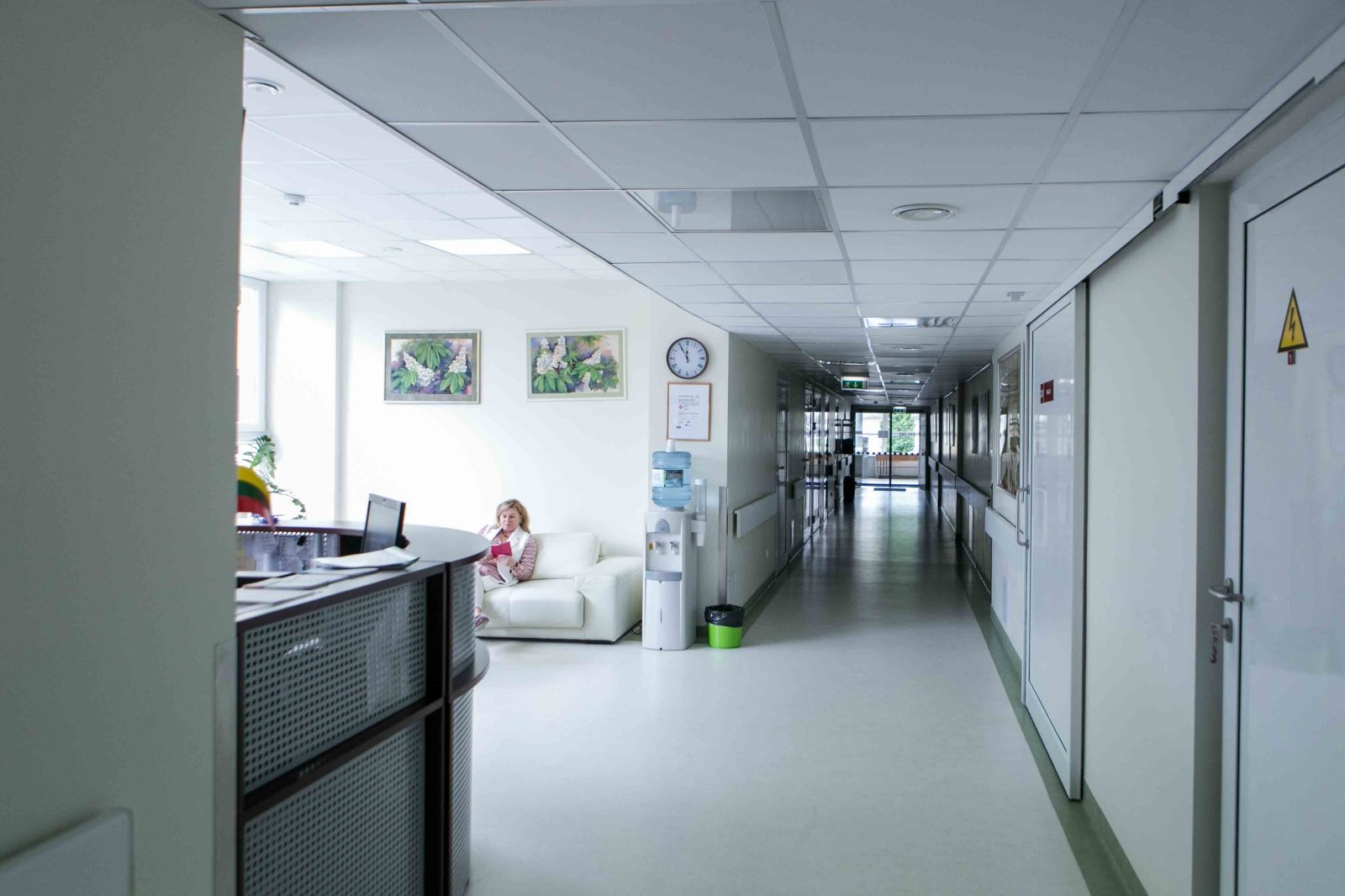
[ad_1]
“Most children get sick pretty easily. Children are hospitalized when secondary bacterial infections are suspected, if they have persistent fever or other complex chronic illnesses that require medical supervision, ”said Inga Ivaškevičienė, director of the Pediatric Infectious Diseases Department at the Santara Clinics Pediatric Center.
“There were children who had severe COVID-19 disease, we had about 10 of those patients, they received oxygen therapy. There were no children who needed artificial lung ventilation,” he added.
According to the doctor, a total of 498 children have visited the hospital since the start of the COVID-19 pandemic, about a third of whom have been hospitalized.
According to I. Ivaškevičienė, the number of children treated at the same time in the Santara clinics fluctuates constantly, but most of them were hospitalized in December last year and in January this year. Currently, four children are being treated for COVID-19 here.
Residual Effects After COVID-19 in Children
For his part, Vaidotas Gurskis, Head of the Kaunas Region Management Group of COVID-19 Disease, told BNS that four children with COVID-19 disease are also being treated at Kaunas Hospital. One of them is a severe form of the disease.
“Other forms of COVID-19 are moderate to mild, but require hospital treatment for other conditions,” said the doctor.
Meanwhile, a child with a severe form of COVID-19 is being treated in the Children’s Intensive Care Unit of the Kaunas Clinics.
Since the beginning of the pandemic, 60 children have been treated at the Kaunas Hospital and 21 at the Kaunas Clinics.
Representatives from the Santara clinics, Kaunas hospital and Kaunas clinics stated that the age of patients is very different, but slightly older children are sicker.
According to I. Ivaškevičienė, even children who have had an infection can feel tired for some time, and COVID-19 can cause some of them to “develop a multisystem inflammatory syndrome.”
“More than one organ system is damaged. It can damage the heart, kidneys, lungs, circulatory system, central nervous system. These children are often seriously ill and need treatment in the intensive care unit,” said the doctor.
“Some parents did not even know that their children had COVID-19 before,” he added.
According to I. Ivaškevičienė, about 20 of these children were treated at the hospital.
The number of patients reflects the situation in society.
According to medical institutions, the number of children admitted to hospitals due to COVID-19 began to grow last fall.
“The situation practically reflects what is happening in society. There have been about 10 patients at the same time. With the introduction of stricter quarantine measures, the number of children treated by us has decreased, but recently it has increased again, ”said the doctor from the Santara clinics.
According to her, the renewed contact education for some students has not had a significant impact on hospital activities so far.
“It just came to our attention then. (…) We and the open schools saw that all of our other patients had returned, which had been greatly reduced: those with upper respiratory and intestinal infections,” said I. Ivaškevičienė.
According to data from the Statistics Department on Tuesday, 1,237 COVID-19 patients of various ages are currently being treated in Lithuanian hospitals, 128 of them in resuscitation.
It is not allowed to publish, quote or reproduce the information of the BNS news agency in the media and on websites without the written consent of the UAB “BNS”.
[ad_2]